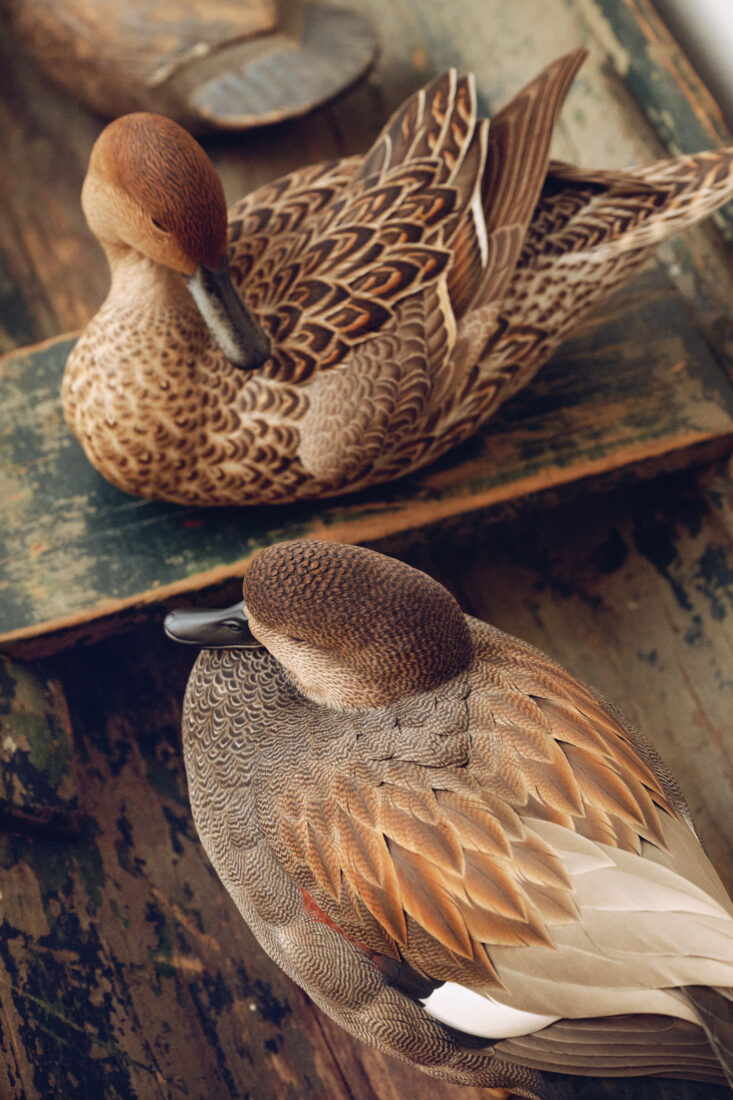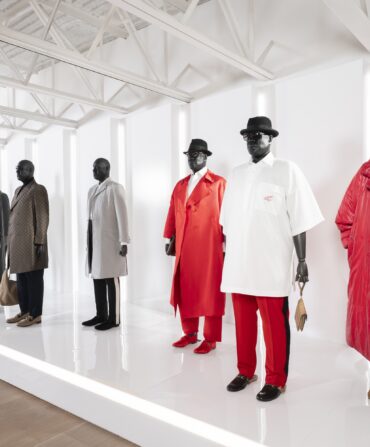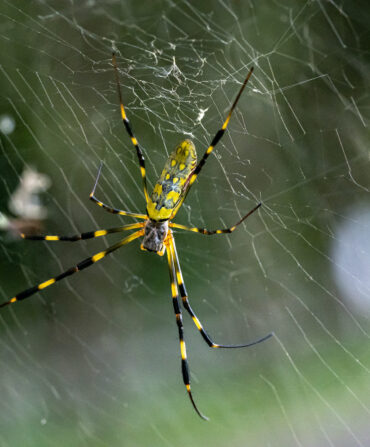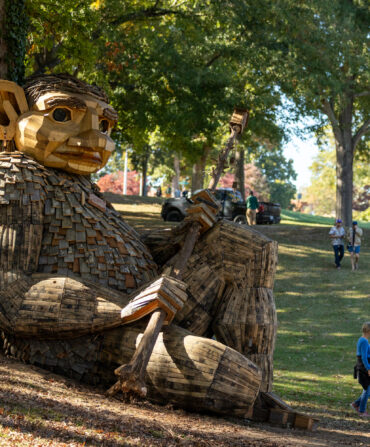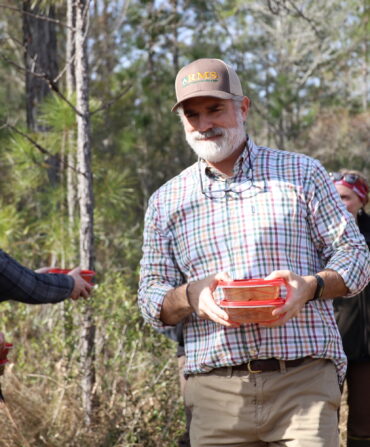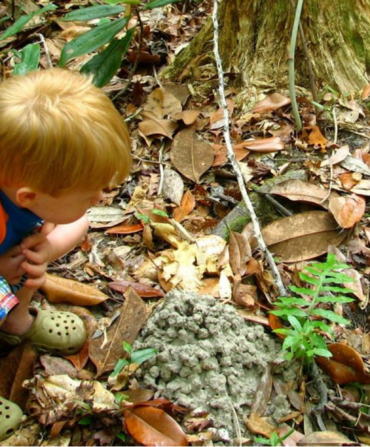When beholding for the first time a Jett Brunet decorative decoy on display, there is a reflexive moment of wonder at how a live duck has been persuaded to pose stock-still inside a glass case. Brunet’s best work, incorporating superlative woodworking and painting, is just that lifelike, akin to a high-definition, three-dimensional photograph.
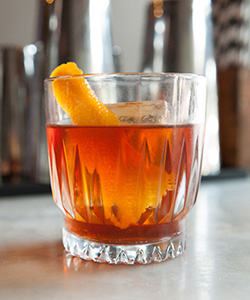
“Decorative carvers further the detail and realism from the decoys that were carved to hunt with in the late 1800s,” says Brunet, who is sixty-one, from his tree-shaded studio in Cut Off, Louisiana, about sixty miles southwest of New Orleans and an easy stroll from Bayou Lafourche. “You look at them in the water and think they’re live ducks.” (These aren’t the sort of decoys that get tossed into the muck near a blind, but they do get placed in a pool when they’re judged for competitions.)
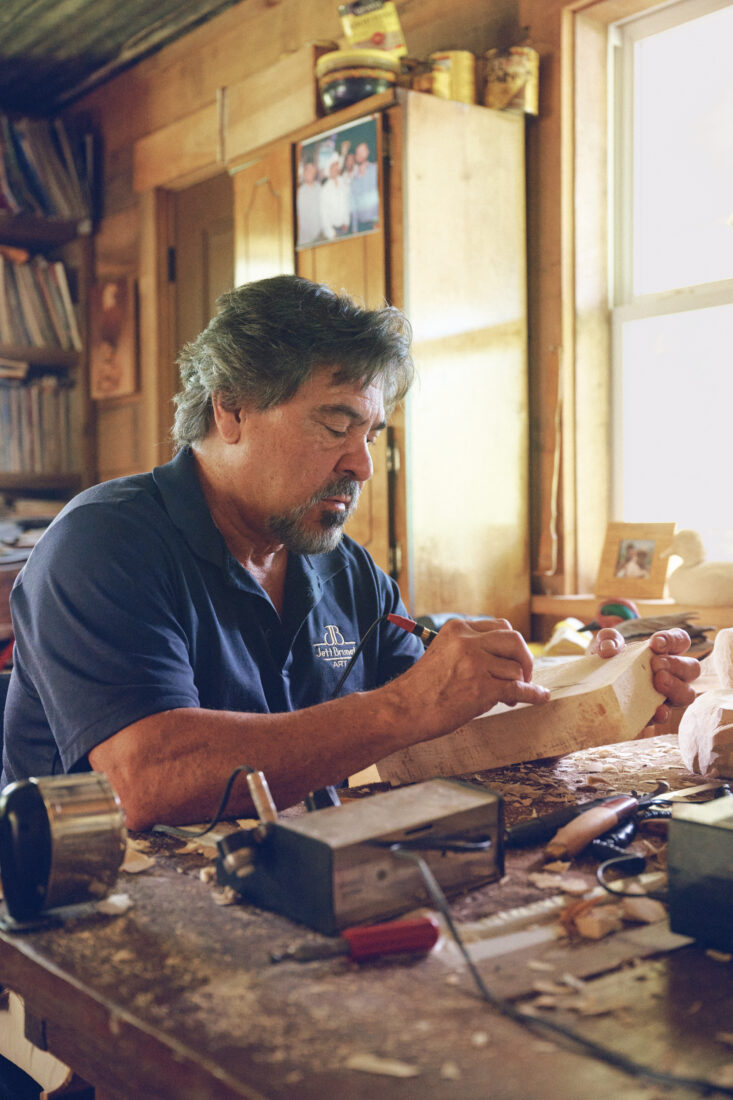
Brunet started entering the Ward World Championship (the Super Bowl of decoy-carving competitions) when he was a teenager, and between 1985 and 2000, he won two world championships and a record nine best-of-show titles across multiple categories, after which he stopped competing. Since then, Ducks Unlimited has chosen his work eleven times as “decoy of the year”—a model used to produce high-quality reproductions sold via catalogue and auctioned at fundraisers. Thus alerted, collectors lined up to commission original pieces for upwards of $30,000.
Not bad for a fellow whose first decoy sale, at age nine, was to an aunt for one dollar. Really, though, the story begins long before that, even before youthful hunts along the bayou’s levees. Jett’s father, Tan Brunet, learned as a teenager how to carve hunting decoys from a member of the Vizier family, Cajun relations known for the craft for generations. As hunters turned en masse to thermoplastic models, Tan pivoted to decorative decoys and accumulated five Ward world titles starting in 1977. Jett and his little brother, Jude, sat beside their father in his workshop, absorbing his knowledge.
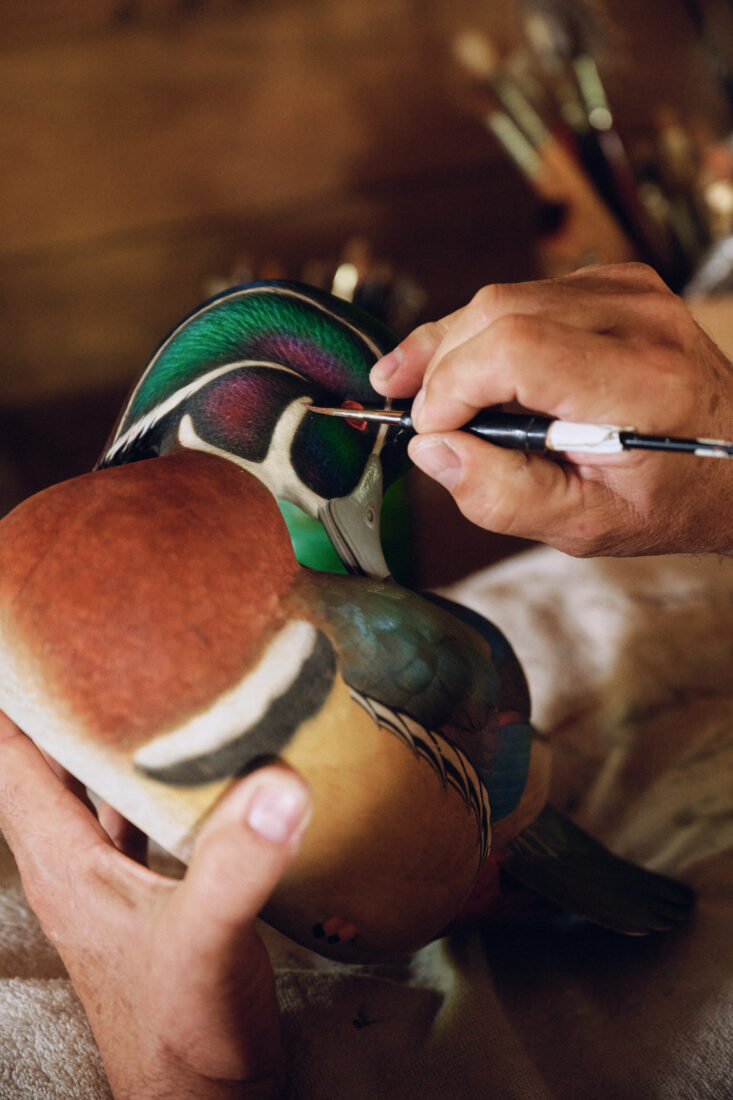
(Cementing the family’s dominance, Jude has won two Ward championships of his own.) Asked if they ever traded off tasks, Brunet guffaws. “Some carvers do that, like the Ward brothers. One carved and one painted. But as an artist, I wouldn’t let anybody else touch my work, even if my dad was a five-time world champion.”
The three-to-four-month process of rendering a decorative decoy remains much the same now as then. Brunet starts with a bread-box-size hunk of swamp tupelo, a soft and fine-grained wood that seems divinely bestowed upon South Louisiana carvers. After drawing a pattern on the block, he uses a bandsaw to get a rough shape of the bird. Wielding a Norwegian-made hatchet he’s owned for forty years, Brunet then deploys astounding control to flick out corners and indentations. Switching to knife work, he guides a small, razor-honed blade to remove, sliver by curled sliver, everything that doesn’t look like the decoy in his mind’s eye. A wood-burning tool continues the refinement, leaving feather groups that protrude from the silhouette, a feature that departs from the more traditional “slick bird” decoy form. Then comes the painting, thousands upon thousands of precise brushstrokes that mimic a duck’s feathers so faithfully you’d swear you could ruffle them. This effect, which has earned its own descriptor, “the Brunet softness,” is often the first thing that wows onlookers—and Brunet’s least favorite part of the work.
“Painting takes a very long time,” he says. “You can make a feather look just like a feather, but then where do you go? Ever since I was a boy, I’ve gotten the most satisfaction out of sculpting. I decided to go back to what feels natural.”
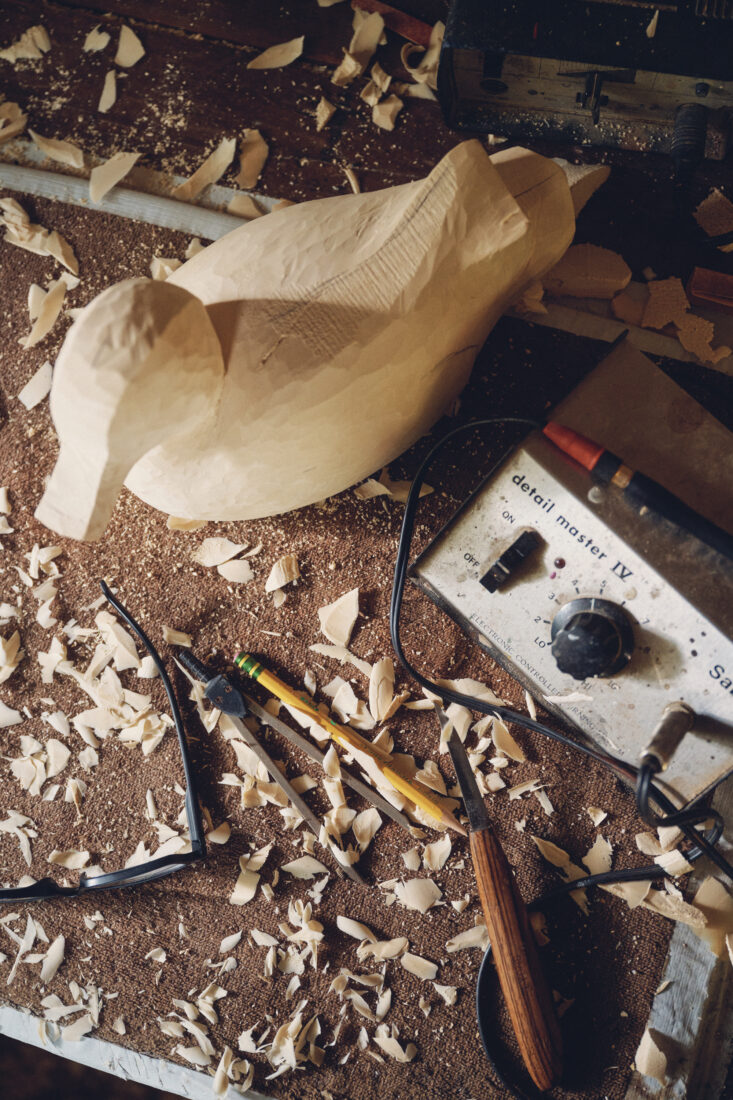
With the freedom his success allowed, Brunet began pursuing more conceptual work. In 2018, he returned to the Ward competition in the Interpretive Wood Sculpture category (which requires only that the maker incorporate a bird) with a beguiling, barely painted piece depicting the billowing edge of a curtain and the corner of a piano with a chickadee perched atop the keys—and won another world championship title. He topped the category again in 2019 and 2023. More than satisfied to have tied his father’s five world championships, he again retired from competition.
Amid the tools and photos in his studio, though, decoy traditions are never far from mind. In fact, Brunet recently began touching up his mothballed DU decoy originals at the repeated entreaties of a collector. (“He made me one of those offers you can’t refuse,” Brunet admits.) Other pieces in his collection simply aren’t for sale, including a post-hunt mallard drake with head hanging loosely that he considers his finest work, and hunting decoys carved by the Viziers that date back more than a century, and by his father, who passed away in 2019.
“I’m fortunate to have been part of this American art form of decoy carving, from a tool designed to attract ducks to these detailed pieces worthy of a museum,” Brunet says. “I plan to pass along my knowledge and make way for one of my grandchildren to hopefully become the fourth world champion carver in the family. Wouldn’t that be something?”


